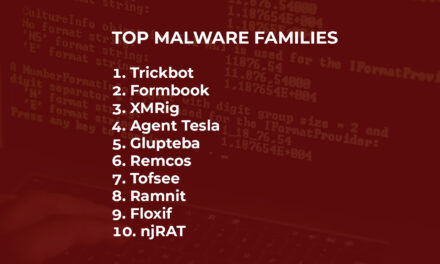Parents are advised to protect and monitor all young users among family and friends: think “young supply-chain” (kids) attacks!
With most children worldwide able to access or own a smartphone or tablet, the age at which they begin their acquaintance with the digital world and technology keeps decreasing.
According to experts from Kaspersky, 2023 data is showing that parents need to stay informed about the latest and ever-increasing cybersecurity threats targeting kids this year.
Some previously identified and ongoing threats that could affect children worldwide include:
-
AI/GenAI tools that may not be age-appropriate
According to a UN research, about 80% of young people surveyed claimed they interacted with AI multiple times a day. However, when children upload personal data/images to such applications, they may not understand or become wary of any tricky data privacy clauses that could allow software developers to use the personal data for commercial purposes.Moreover, AI apps, specifically, chatbots can easily provide age-inappropriate content when prompted. Even though some require a form of age verification, this is dangerous since some children may opt to lie about their age.
-
The growth of threat actors’ attacks on young gamers
For some games, unmoderated voice and text chatting is a large part of the experience. With more young people online, criminals can virtually build trust in the same way they would in person. Once they have the confidence of a young gamer, they then obtain their personal information by suggesting that they click on a phishing link disguised as a game mod or luck draw. -
The development of fintech services for kids marks the appearance of new threats
An increasing number of banks are providing specialized products and services tailored to children, including banking cards for kids as young as 12. This can cause children to become susceptible to financially motivated threat actors and scammers. Using social engineering techniques, cybercriminals may exploit children’s trust by posing as peers and requesting the sharing of card details or money transfers to their accounts. -
Increasing use of smart home devices may rope-in more children as potential targets
Despite the increasing number of cases of threats to smart home devices, manufacturers are not rushing to create cyber safe tech. This means children can become tools for cybercriminals in an attack. For instance, if a smart device becomes a fully functional surveillance tool, and a child is home alone, cybercriminals can contact them through the device and request sensitive information such as their name, address and time, when their parents are not at home — or even their parents’ banking or personal details. In such a scenario, beyond just device hacking, there is also a risk of financial data loss or even a physical attack. -
Children are more vulnerable to downloading fake/malicious apps
If young users want an app that is unavailable in their home region, they are more tempted to look for alternatives in dangerous websites and social media spaces. Even if they turn to official app stores, they still run the risk of falling prey to cybercriminals, because even such official sources of apps have a strong history of lapses and slipups in detecting malicious/unethical developers.
According to one of the firm’s security and privacy experts, Andrey Sidenko: “As we can see, many of the trends that are playing out in society are also affecting children, making them potential targets for attackers. This includes both the development and popularity of AI and smart homes, as well as the expansion of the world of gaming and fintech industry. Therefore, it is crucial to teach children the basics of cybersecurity from an early age. All this is now a must-have knowledge not only for adults, but also for the youngest users.”





















